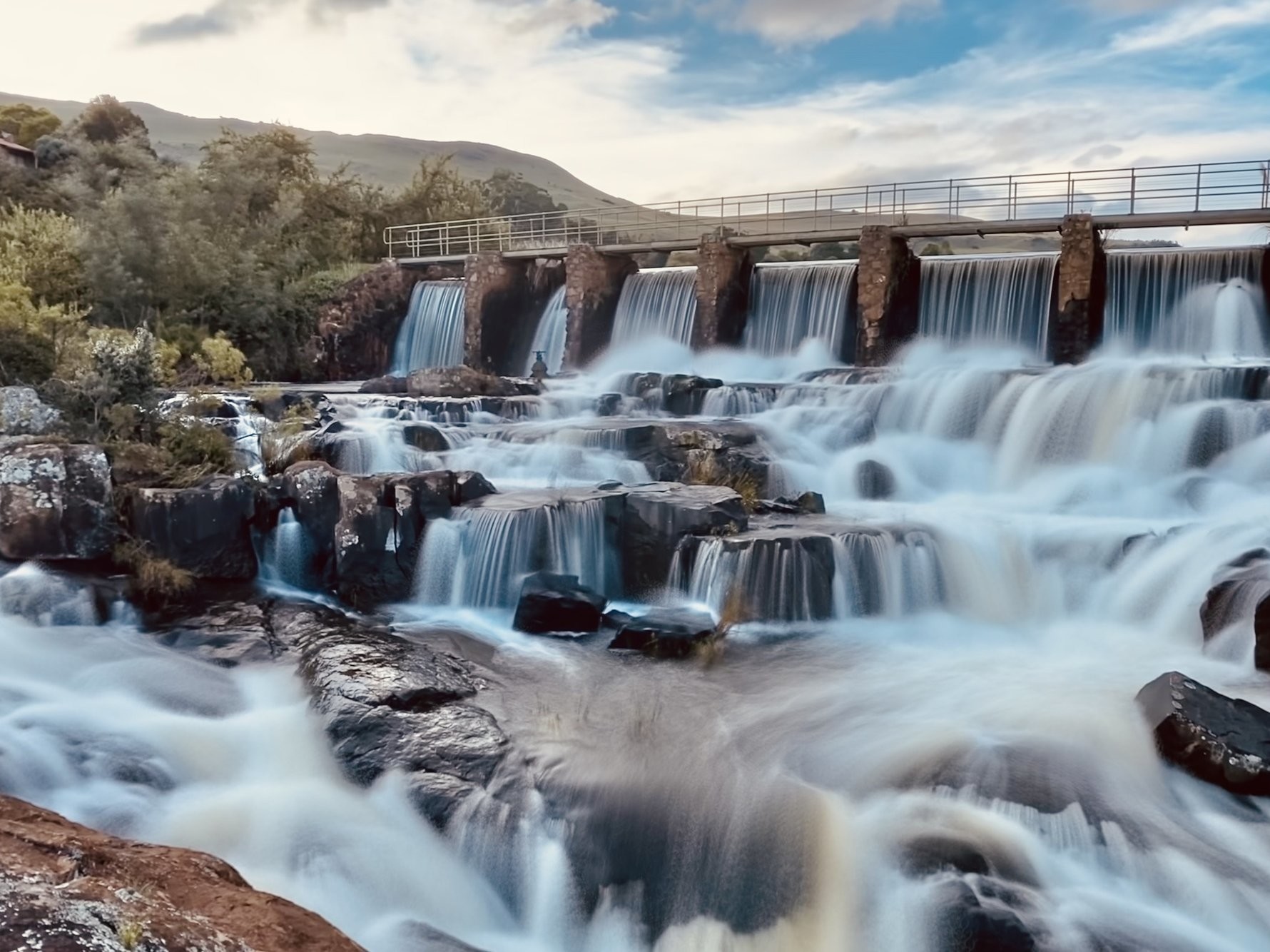The Only Guide to Johannesburg North Attractions
Table of Contents10 Easy Facts About Johannesburg North Attractions ExplainedNot known Details About Johannesburg North Attractions Johannesburg North Attractions Things To Know Before You Get ThisThe 10-Second Trick For Johannesburg North AttractionsFacts About Johannesburg North Attractions UncoveredRumored Buzz on Johannesburg North Attractions
The city owes its area to the visibility of an even much more precious resource: gold. The city expanded on the side of the Witwatersrand Key Coral reef, a below ground stratum of gold-bearing quartz-silica corporation that arcs for numerous miles underneath the Highveld. A lot of the gold mines in the city discontinued procedure in the 1970s, but in its day the Witwatersrand gold market represented greater than 40 percent of the globe's yearly gold production.Johannesburg has a warm climate. The city appreciates concerning eight hours of sunshine per day in both wintertime and summer season.
What rain the city receives drops practically specifically in the summer months, typically in stunning late-afternoon electric tornados. Air pollution poses a significant problem, particularly in the winter season, when thermal inversions impede the westward flow of air from the Indian Sea. Pollution is most severe in the largely resolved Black areas on the city's perimeter, where lots of residents still depend on coal for fuel.

The smart Trick of Johannesburg North Attractions That Nobody is Discussing
The equilibrium of the city is inhabited by whites. Holiday accommodation varies in character and quality.
Physical development, although somewhat limited by transportation, continued swiftly as migration to South Africa, and Johannesburg in certain, raised dramatically.
Most bad residential areas were combined, with inadequate blacks and whites living together, although the wealthy suburban areas were typically reserved for whites.
The previous system of eleven phoned number regions was reorganised in 2006. Marshalltown, as seen from the top of the Carlton Centre. The M1 and M2 run behind the structures, and the southerly residential areas expand past the highway boundary. The internal city of Johannesburg is located within the city's Region F. The approximated population of the region is 200,000, [] The number of individuals living in the inner city on an informal basis is unknown, as numerous are illegal immigrants. Many higher-income homeowners and white individuals have transferred to the north suburban areas and have been replaced by lower-income black people. The unemployment, education and learning, and age accounts of the area are all unknown, as a result of the trouble of acquiring trustworthy info about the location.
Facts About Johannesburg North Attractions Uncovered
Centred on the CBD, the area consists of the suburbs of Yeoville, Bellevue, Troyeville, Jeppestown, and Berea to the east. To the west it infects Pageview (Johannesburg North attractions) and Fordsburg. There are tiny enterprise zones to the south, such as City West-Denver and Benrose. Around 800,000 commuters travel through the internal city on a daily basis, and it operates as a local shopping node for visitors from the southerly suburbs. Yeoville and Bellevue have a mix of apartment buildings and single property systems on little whole lots. The area is situated on a hilly divide that runs from eastern to west.

Not known Incorrect Statements About Johannesburg North Attractions
The eastern suburban areas are some of the oldest areas of Johannesburg, there are large communities of Jewish and her explanation other European backgrounds, the bulk of the populace is English talking. There are three golf programs as well as a number of safeguarded ridges with viewsites.
The area is mainly composed of old "matchbox" residences, or four-room residences developed by the federal government, that were constructed to give economical holiday accommodation for black employees throughout racism. Soweto is an abbreviation, representing "South Western Townships". Road after street in this field is lined with matchboxes; however, there are a few smaller locations where flourishing Sowetans have actually constructed houses that are more comparable in stature with those in more wealthy suburbs.
Hostels are one more famous physical attribute of Soweto. Originally developed to house male migrant employees, lots of have been enhanced as homes for pairs and family members. The N1 Western Bypass skirts the eastern boundary of Soweto. The suburban area was not historically allowed to produce employment centres within the area, so mostly all of its locals are commuters to other parts of the city.
Rumored Buzz on Johannesburg North Attractions
The N1 Western Bypass links the north suburban areas with the north-western residential areas. The suburbs in the north residential areas are primarily official, with no considerable locations of casual housing, or housing that lacks a permanent structure. This is a recognized area, there is a pattern of land usage adjustment from household to business, particularly along major arterial roadways and around recognized nodes.
Roads to the east and west are much less well created, as there are no our website freeways travelling in that instructions. In the direction of the north border of the city, the density of development lowers, leaving big areas of undeveloped land around Midrand.
Things about Johannesburg North Attractions
, which is located on a hill neglecting Recommended Reading the internal city and Hillbrow.